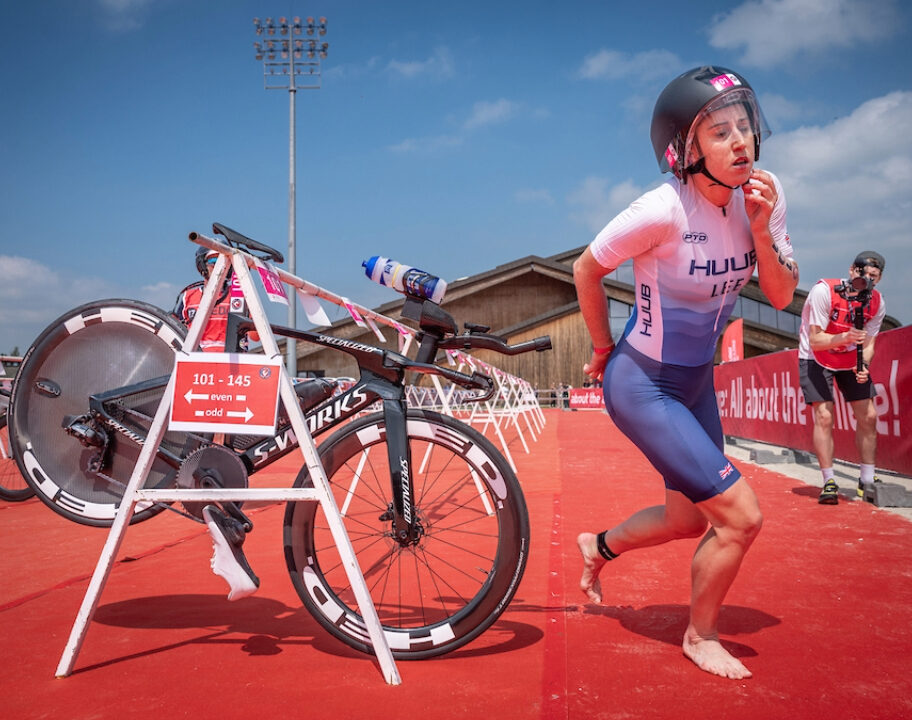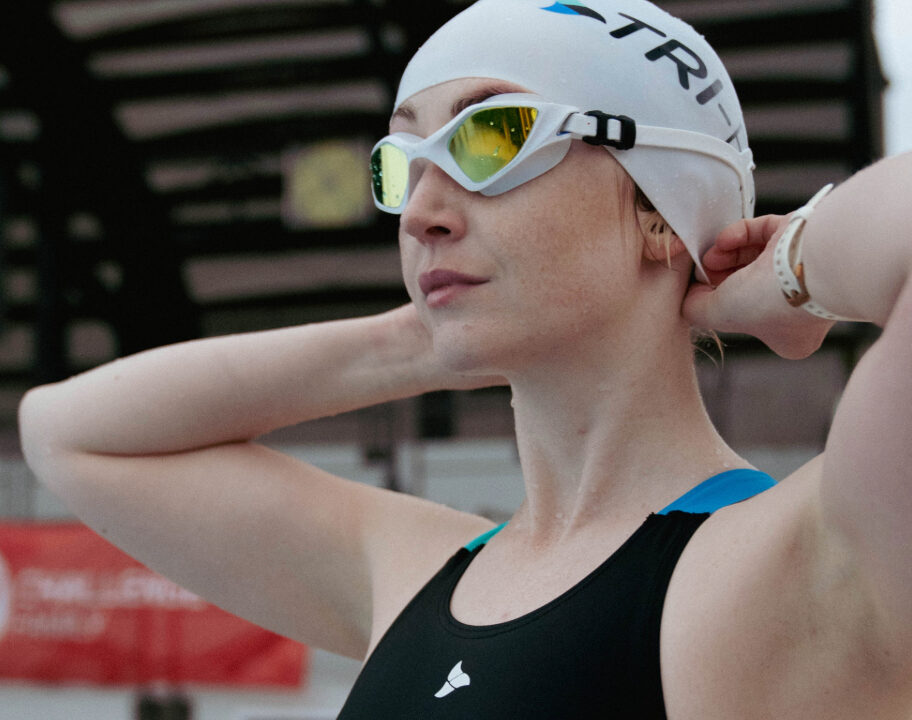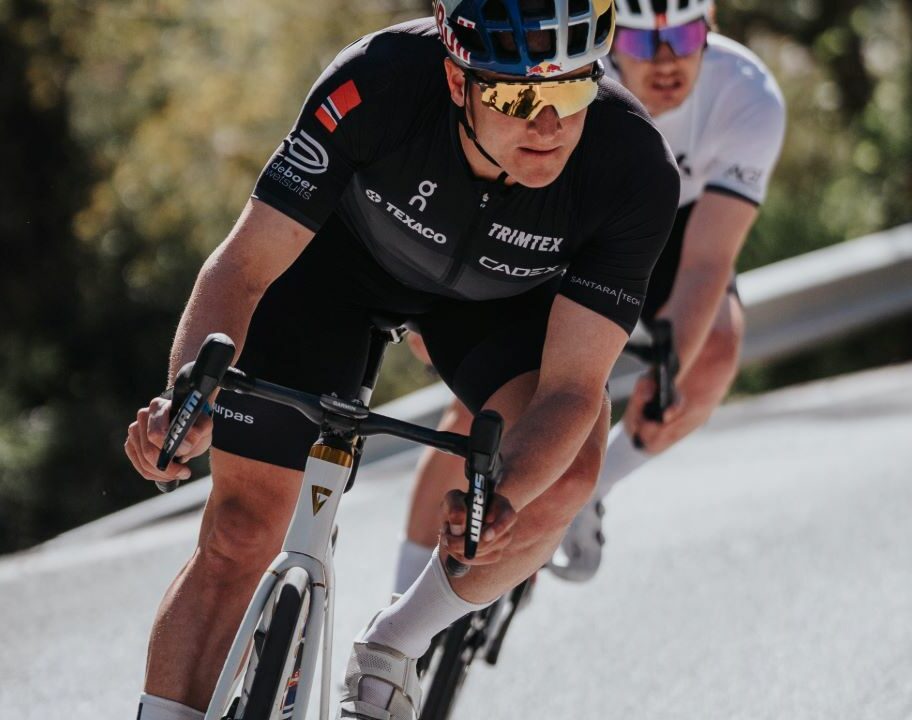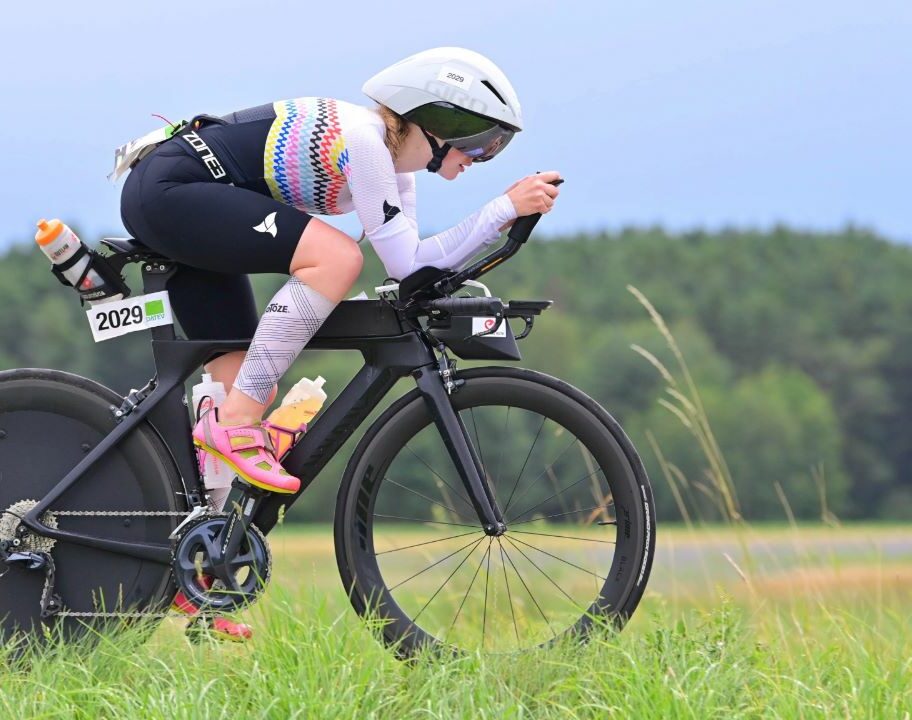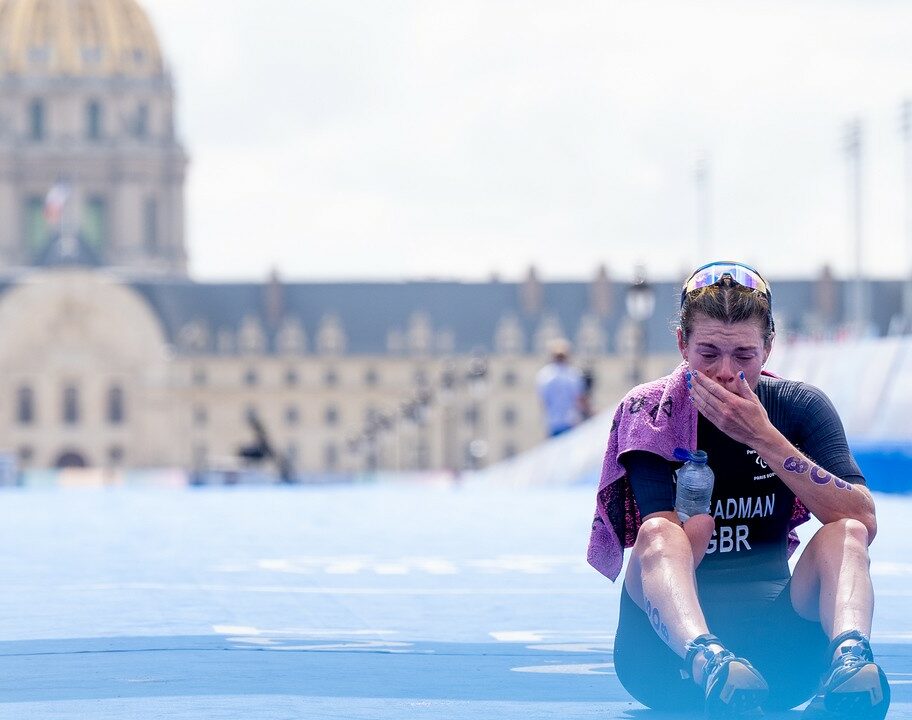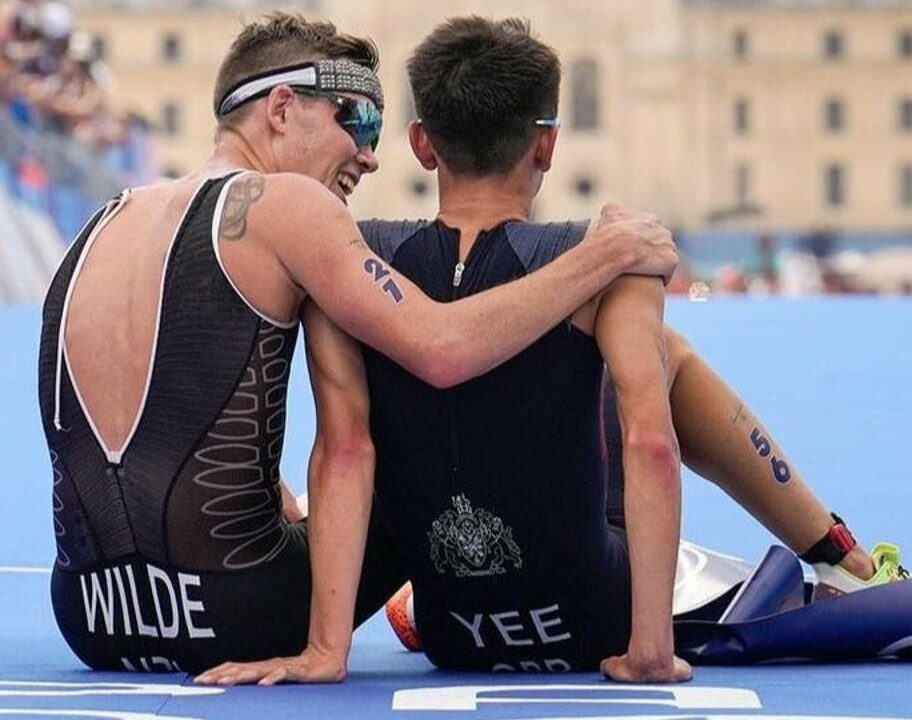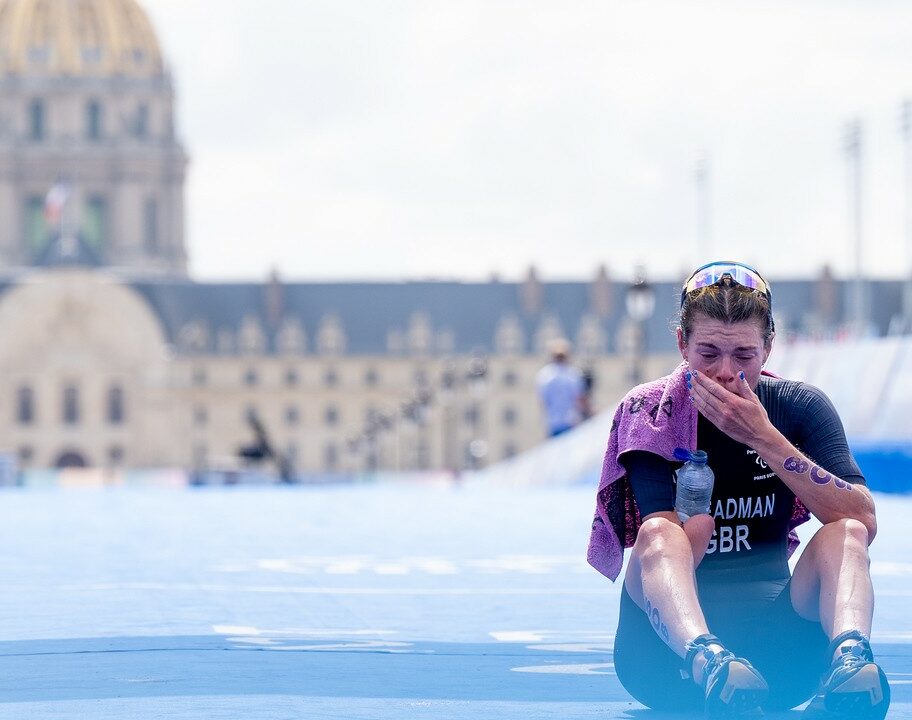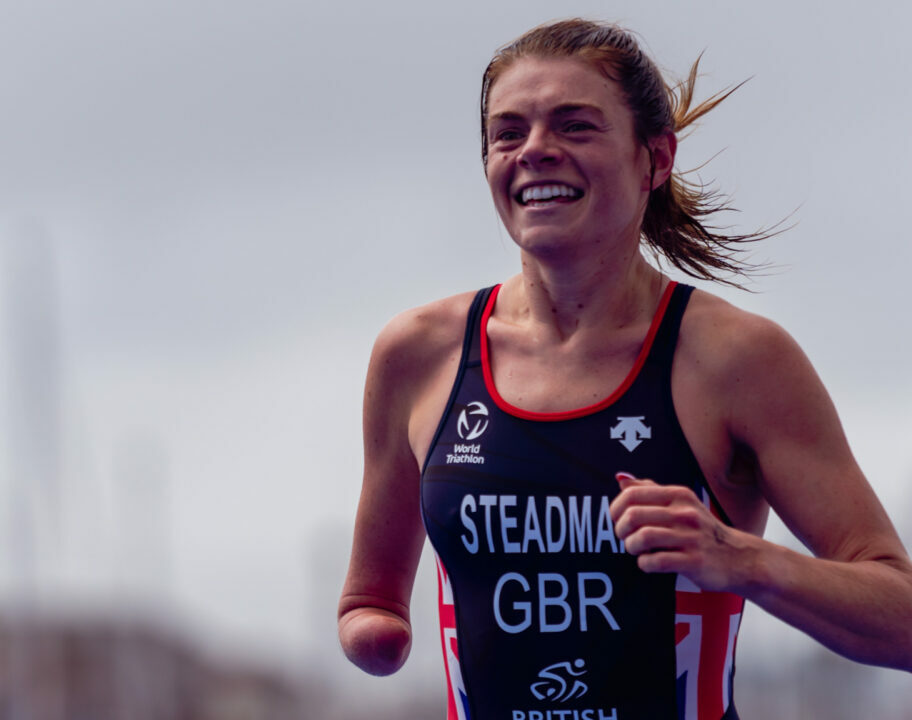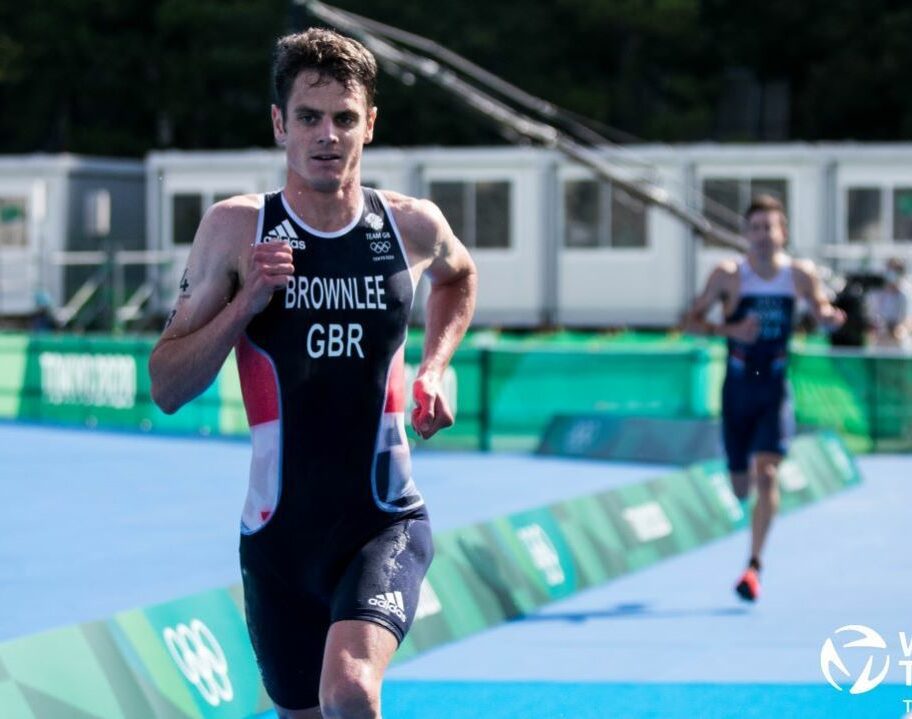The IRONMAN World Championship has always hosted men’s and women’s races alongside each other. This year it’s different.
Men and women will race separately for the first time ever in Kona.
But is there a risk that the women’s race on Thursday is relegated to being a ‘warm up’ event for the men’s pro event on Saturday? The women will potentially have much lower visibility than the men; will people watch a long broadcast on a Thursday?
Even defending champion Daniela Ryf suggested as much this week when she said: “I think it’s great that the women have their own race. We will see how it will be in terms of coverage.”
But there are plenty of positives from the separation and we examine the switch from different perspectives…
Why split men and women?
Kona hasn’t happened since 2019, so there are a lot of rolled over places and not enough space to accommodate everyone on the course. IRONMAN proclaimed that racing over two days would be ‘incredible’. But it’s not a one off, the same will happen next year.
In 2022, only just over a quarter of the total field is female, so Thursday’s race will feature some age-group men and all of the pro and age group-women. This includes the 25-29 men, who have the potential to change the dynamic of the age group race, but the Pro women start 1 hour and 15 minutes earlier, so shouldn’t be impacted.
In 2023, the race will be split equally, all women on Thursday and all men on Saturday. The good news for age group women, is that means there will be a lot more slots available.
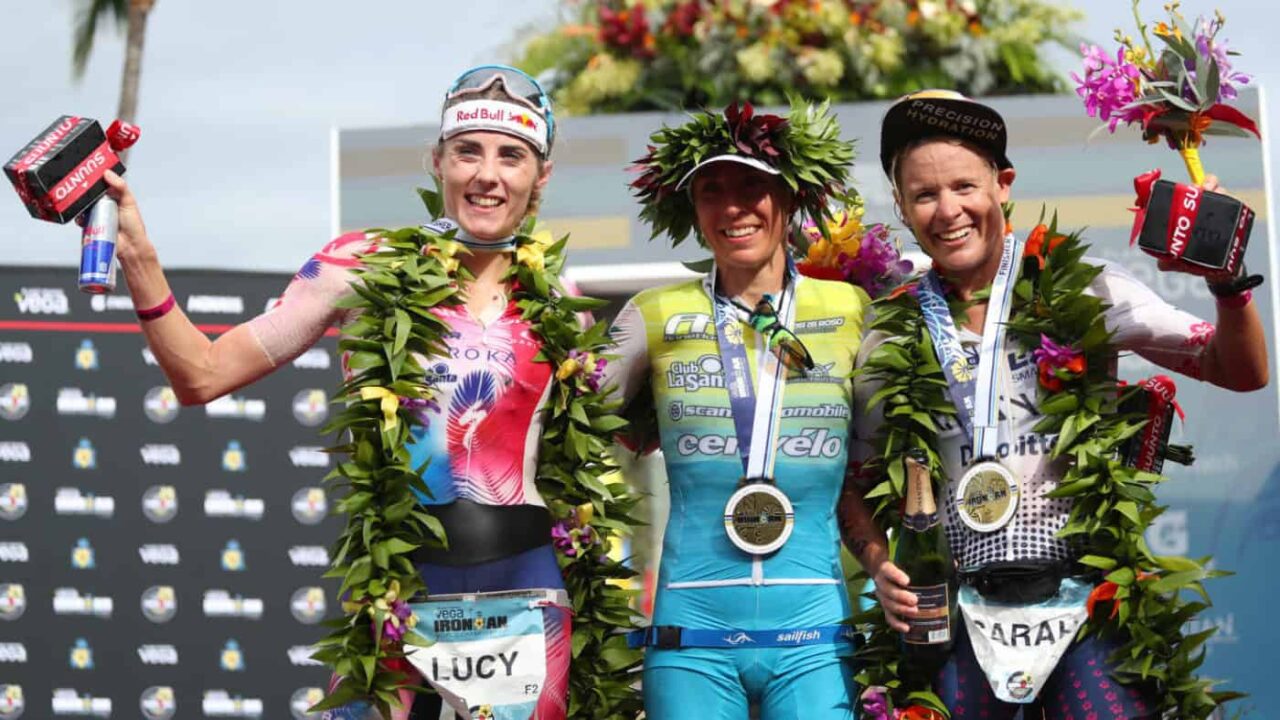
Triathlon equality
Triathlon can be proud of its credentials when it comes to men and women racing over the same distances, on the same courses and receiving equal prize money. It’s always been that way, partly thanks to the likes of Sarah Springman in the early years of the sport‘s governance being established, and to athletes including Erin Baker and Mark Allen for refusing to race at the first ever standard distance World Championships in 1989 unless the organisers reversed their suggestion that there might not be prize money for the women.
At the first ever Iron Man event in 1978, 15 men took part. The following year, the event attracted 50 participants including some women. It was never in question that they would compete over the same course. If anything, more people were drawn to the sport through the images of Julie Moss crawling across the finishing line in 1982 than anything else that happened in the early years.
The positives
As well as overcrowding being addressed and more slots being available for age-group women in the future, there are significant other positives. A Pro woman will be first to cross the finishing line and broadcast coverage will be wholly focused on the women’s race.
Asked directly on the AnyQuestion App, Kona-bound pro, Laura Siddall said: “I think it means that the women will get the focus, and they’ll get a clean, fair race which is what they deserve. Whether they get the focus of attention is yet to be seen with it being a Thursday.
“I’m torn because for next year they have announced it the same way round. I would have liked to have seen it rotated just for equality. However, having said that, I’m quite looking forward to racing on the Thursday, recovering on the Friday and enjoying watching the men’s race on the Saturday without the pressure of my race following.”
Via the same AnyQuestion App, Mark Allen said: “It will make it that much more fair and clear. The first person across the line on Thursday in the women’s event will be the champion, so it’s not like a bunch of men have finished and then it’s like, ‘here comes the first Pro women’. It’s going to be the first Pro women coming in first, period.
“It may attract more viewers because it will be completely focused on the women’s race on that day. If, for example, you really want to follow the women’s race, you can follow the entire thing the entire day. Kind of cool stuff, but we’ll have to see how it all shakes out.”
Springman said: “I can imagine that depending on what has the highest priority for an athlete, then it could be brilliant or awful. The reality will be mixed.
“WTC is all about making money. They can accept more athletes with this approach and make more money through the franchises. It’s quite clever really.”

The negatives
The most significant downside for the Pro women seems to be eyes on the race. Male athletes tapering for their own event on Saturday might not want to line the course in the heat of the day to cheer on the women, and locals might be busier with normal week-day life than they will be on Saturday. This impacts the event’s ability to attract volunteers as well as spectators.
The live stream will be dedicated to the women’s Pro race, but will it be watched in the same numbers?
Michael McCarthy, senior sports writer for Front Office Sports, who has written for The New York Times, Sports Illustrated, The Wall Street Journal and USA TODAY told us: “Women’s sports in the U.S. are witnessing strong growth. Viewership of the WNBA on ESPN networks grew 22% this season.
“Having said that, placing a women’s event on Thursday rather than the weekend could be counter-productive from an attendance and viewership standpoint. Most major sporting events take place on the weekend. Fans are off from work and able to relax.”
This fear is echoed by Allen and Siddall, although no one can predict how it will go.
Our view
Having the race on two separate days allows media outlets time to generate more content. The big moments in the Pro races will get the coverage they deserve. It seems inevitable that the women’s race will be seen by less viewers, but the trend is moving away from people watching a lengthy broadcast and more towards soundbites and iconic moments – more Julie Moss crawling across the line and less Kona parties with fans staying up all night to watch every moment.
Age-group women will benefit from the two-day event with more slots in the future, but the pressure on the local infrastructure is being tested by increased numbers, and costs for competitors are soaring as a result.
The Pro races should probably rotate around though to make it feel more equitable. We’ll wait and see with interest!

